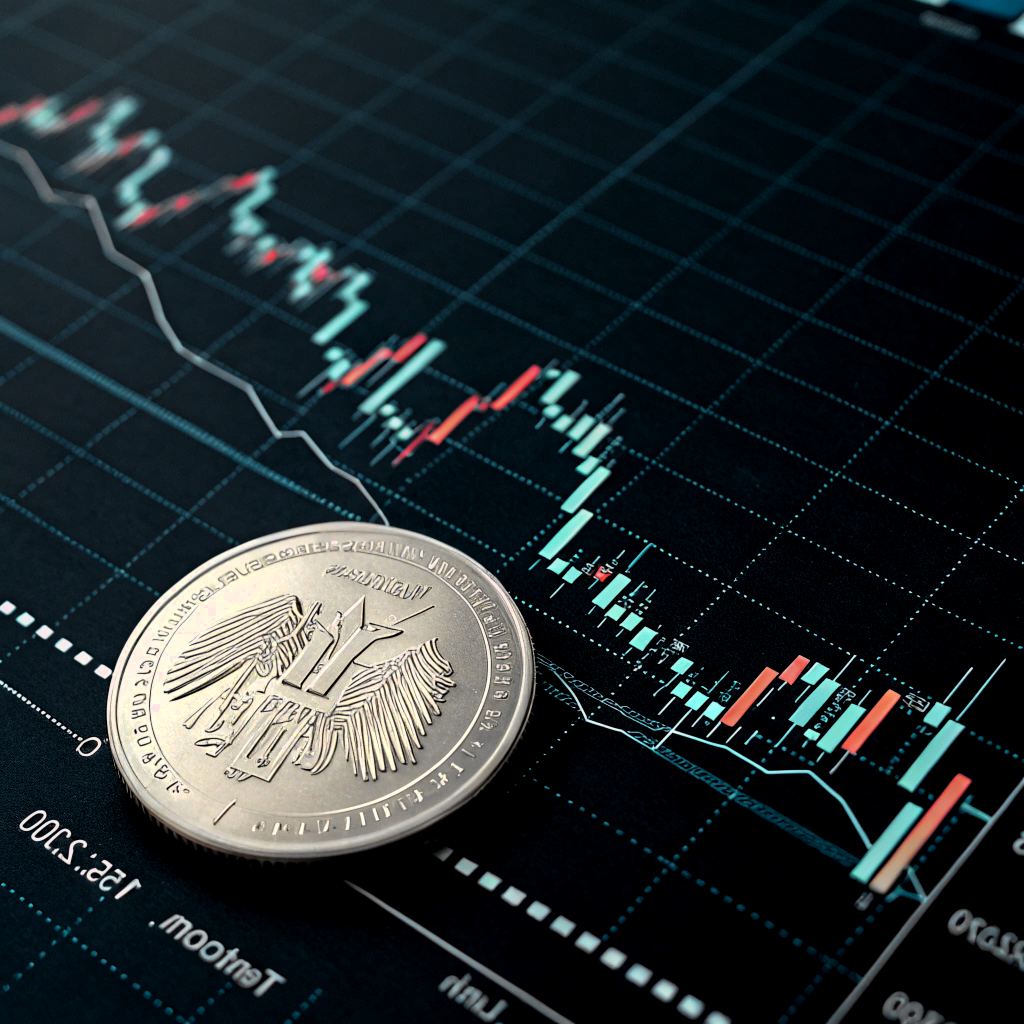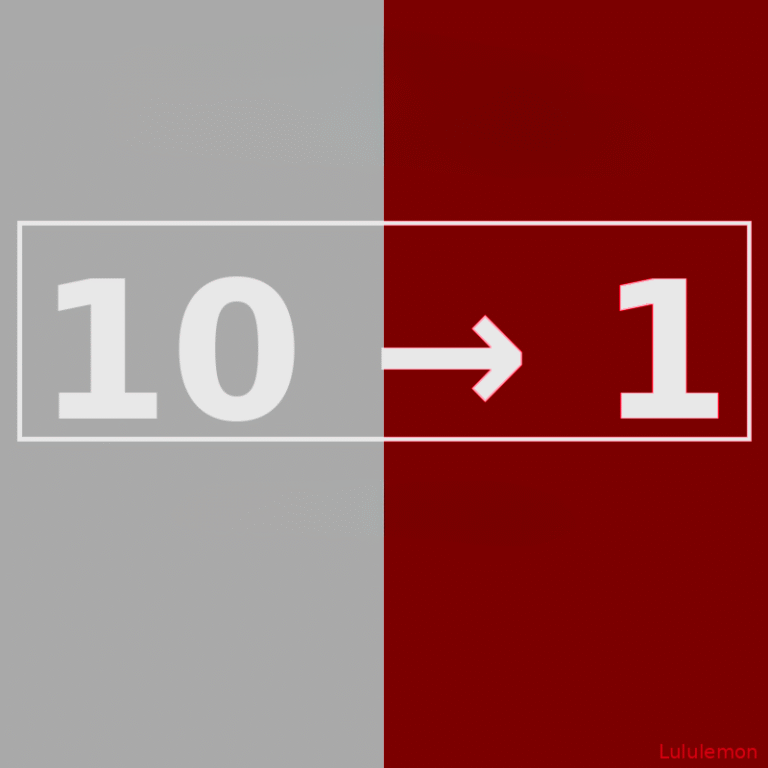CFD NASDAQ Trading: How to Profit from Volatility in Tech Stocks

What Is the NASDAQ 100 and Why Trade Its CFDs?
The NASDAQ 100 is a market-capitalization–weighted index of the 100 largest non-financial companies listed on the NASDAQ exchange. It is heavily skewed toward technology and innovation — think Apple, Microsoft, Amazon, Alphabet and Meta — making it a popular benchmark for the health of the global tech sector.

Definition and Key Characteristics of the NASDAQ 100
- Sector Focus: Predominantly technology, with exposure to communications, consumer discretionary and biotech.
- Rebalancing: Quarterly revisions ensure the index reflects growing or declining companies.
- High Beta: Shares tend to move more dramatically than broader indexes (e.g., S&P 500), offering both opportunity and risk.
Benefits of Trading NASDAQ 100 via CFDs
- Leverage: Control a large notional exposure with relatively small capital outlay.
- Short and Long Positions: Easily profit from both rising and falling markets.
- No Stamp Duty (in many jurisdictions): CFDs typically avoid local transaction taxes charged on share purchases.
- Extended Hours: Many brokers offer trading beyond normal U.S. exchange hours.
Understanding Volatility in Tech Stocks
Volatility — the rapid and often unpredictable swings in price — can create profit opportunities when navigated skillfully.
What Drives Tech-Sector Price Swings
- Innovation Cycles: New product launches (e.g., AI chips, software releases) can trigger sharp moves.
- Regulatory News: Antitrust rulings or data-privacy legislation can spur sudden reactions.
Impact of Earnings Reports and Product Launches
Earnings seasons reveal surprises in revenue, margins or guidance. An unexpectedly strong quarter can lift the entire index, while setbacks at a market-leading firm may pull it down.
Role of Macroeconomic and Monetary Factors
- Interest-Rate Expectations: Tech valuations are sensitive to discount-rate changes; Fed rate cuts often buoy large-cap growth names.
- Currency Fluctuations: A weaker U.S. dollar can enhance overseas revenue for multinational tech firms, boosting their share prices.
Key Drivers of NASDAQ 100 Price Movements
| Driver | How It Affects the Index |
| Tech Giants’ Earnings & Guidance | Earnings beats often propel the index higher; misses can drag it down. |
| Interest Rates and Fed Policy | Lower rates generally support higher valuations for growth stocks. |
| Global Events and Sector Rotation | Geopolitical risks or shifts into value sectors can divert capital away from tech. |
Tech Giants’ Earnings and Guidance
Companies like Apple and Microsoft account for a large percentage of the index’s weight. Their quarterly guidance can sway broader market sentiment.
Interest Rates and Fed Policy
Announcements from the Federal Reserve on rate decisions or bond-buying programs often spark volatility in growth-oriented sectors.
Global Events and Sector Rotation
Unexpected global developments (trade disputes, conflicts) or rotations into defensive sectors (utilities, staples) can momentarily depress technology shares.
How to Trade NASDAQ CFDs: Platforms & Execution
Selecting the right tools and understanding order mechanics is essential for precise execution.
Choosing the Right Broker for US Tech CFDs
- Regulation & Security: Look for ASIC, FCA or CFTC licensing.
- Cost Structure: Compare spreads, commission rates and overnight financing.
- Execution Speed: Low latency is critical when trading volatile tech stocks.
Platforms: MT4, MT5, and Web/Mobile Apps
- MetaTrader 4/5: Widely supported, customizable, with built-in charting and Expert Advisors.
- Proprietary Platforms: Many brokers offer advanced charting, news feeds and integrated economic calendars.
- Mobile Apps: Ensure real-time alerts and seamless order placement on the go.
Order Types: Market, Limit, Stop Orders
- Market Orders: Immediate execution at the current price — ideal for fast-moving events.
- Limit Orders: Specify entry/exit prices to avoid slippage.
- Stop Orders: Automatically exit positions if the market moves against you.
Understanding Leverage, Margin Requirements, and Overnight Fees
- Leverage Ratios: Typical maximums range from 10:1 to 50:1 for major indices.
- Margin Call Levels: Monitor your free margin to avoid forced liquidation.
- Swap Rates: Holding positions past rollover times incurs financing charges —use a CFD swap calculation to estimate your total overnight costs and compare across brokers.
Proven Strategies for Profiting from Tech-Sector Volatility
Adopt approaches that align with rapid price swings and news-driven moves.
Breakout and Momentum Trading
Identify consolidation patterns — once price breaks support or resistance on high volume, follow the trend.
News-Based and Event-Driven Tactics
Use economic calendars (e.g., on TradingView) to anticipate earnings, product unveilings or Fed announcements and position ahead of time.
Hedging Strategies Using Options and Inverse CFDs
- Options: Buy puts to protect long exposure.
- Inverse CFDs: Short the index or related ETFs for downside coverage during expected pullbacks.
Risk Management in CFD NASDAQ Trading
Volatility can work against you if unmanaged; risk controls are non-negotiable.
Setting Stop-Loss and Take-Profit Levels
Define risk/reward ratios (e.g., 1:2) and stick to them. Stops protect capital; profit targets lock in gains.
Position Sizing and Risk per Trade
Never risk more than 1–2 % of your account equity on a single position. Calculate lot sizes accordingly.
Diversification Across Sectors and Instruments
Even within tech, spread exposure across semiconductors, software and hardware to reduce idiosyncratic risk.
Historical Performance and Volatility Analysis
| Period | Average Annual Return | Average Annual Volatility |
| 2015–2019 | +18 % | 25 % |
| 2020–2024 | +22 % | 30 % |
| 2025 YTD | +10 % | 28 % |
NASDAQ 100 Returns Over Time
Long-term compounding has outpaced many global indices, but with wider drawdowns during market stress.
Measuring and Interpreting Implied Volatility
The VXN index tracks NASDAQ’s options implied volatility; spikes often precede price reversals.
Correlation with Other Indices
High correlation with the S&P 500 but lower than major commodities or bond indices — useful for hedges.
CFD NASDAQ Trading: Frequently Asked Questions
How Do I Short the NASDAQ 100 with CFDs?
Select “sell” on your CFD instrument. Ensure you understand overnight financing and potential negative swap costs.
What Are the Trading Hours for US Tech CFDs?
Most brokers offer 24/5 coverage: Sunday 22:00 GMT through Friday 21:15 GMT, with brief maintenance windows.
How Much Margin Is Required to Trade NASDAQ CFDs?
Typically 2–10 % of the notional value, depending on your broker and regulatory limits.
Can I Use Automated Strategies on NASDAQ CFDs?
Yes — MT4/5 Expert Advisors or proprietary API connections allow algorithmic execution. Back-test extensively before going live.
What Fees and Financing Charges Apply?
- Spread/Commission: Varies by broker.
- Overnight Swaps: Calculated daily; check your broker’s swap rate table.
- Inactivity Fees: Some providers charge if no trades occur within a specified period.
The Takeaway: Mastering NASDAQ CFD Volatility
Trading NASDAQ 100 CFDs in 2025 offers rich opportunities, but demands disciplined risk management, platform proficiency and a clear strategy. Focus on high-impact events, maintain prudent leverage, and diversify within the tech universe to capture upside while safeguarding your capital. With the right approach and tools, you can turn the index’s inherent swings into consistent profit potential.




